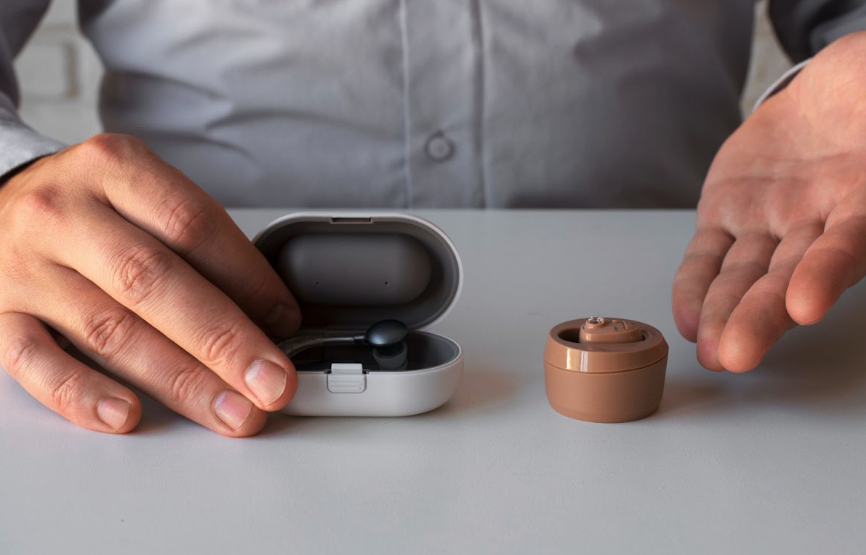Comfort and safety Selecting earplugs that fit under your helmet

Introduction
Here’s the thing: fit is the quiet hero of hearing protection. You can pick the most expensive product on the shelf, but if it slides, leaks, or pokes, you will take it out the first time the road gets bumpy. What this really means is that comfort and safety are joined at the hip when it comes to ear protection. This article walks through how to choose earplugs that actually stay put under a helmet, how fit affects safety, and what to prioritize so you ride longer and hear what matters.
Why fit matters more than you think
A correct fit does two jobs. First, it seals the ear canal well enough to lower harmful peaks in volume. Second, it stays comfortable so you won’t be tempted to remove the plugs mid-ride. When fit is right you get consistent protection and less fatigue over long distances.
If you are shopping, look for the best motorcycle earplugs that offer multiple tip sizes or a custom fit option. A product that lists sizes and shows how to seat the tip properly usually performs better on the road.
Types of plugs and how they sit under a helmet
Foam plugs expand to seal the canal and often provide high attenuation. Silicone and flanged tips rely on shape rather than expansion, and they can be more comfortable for many riders. Custom molded plugs are tailored to your ear shape and are usually the most comfortable during long tours.
When comparing options, consider the best earplugs for motorcycle riding for the specific scenarios you face. If you commute in traffic and then hit the highway, the plug needs to be versatile and comfortable in both environments.
Helmet considerations that affect fit
Helmet shape and liner thickness change how plugs sit. A helmet with tight cheek pads can press silicone tips deeper than you expect, while a roomy helmet might let foam tips expand more naturally. Try the plugs while wearing your helmet to check for pressure points and to confirm the seal holds during head movement.
If you plan to use audio gear, choose the best motorcycle earplugs that are compatible with helmet speakers or in-helmet audio systems, so you don’t end up toggling between ear protection and listening to navigation.
Practical fit tips that make a difference
Take your time with insertion. Foam tips need to be compressed and held until they expand. Silicone tips work better when you push them gently but firmly and twist slightly to seat them. Clean hands and a mirror help when you are adjusting. Make a mental note of how they feel after five minutes because initial comfort is different from comfort after an hour.
If you find yourself fiddling, you likely have the wrong shape or size. Upgrade to a different tip set or consider a molded option. Riders who switch to the best earplugs for motorcycle riding often report they forget they are wearing them after a short while, which is the sign of a good fit.
Filter choices and comfort trade-offs
Filters change the character of sound. Some filters emphasize natural clarity while reducing volume evenly. Others target specific frequencies like wind roar. Filters add small components that can change how the plug sits, so try the filter-equipped option with your helmet on.
When assessing products, read rider reviews about comfort over multi-hour sessions. The best motorcycle earplugs will balance comfort with reliable attenuation, not sacrifice one for the other.
Long rides, heat, and moisture
Heat and sweat affect fit. Foam can absorb moisture and become less compliant, while silicone tends to handle moisture better. If you ride long distances or in hot climates, choose materials and tip shapes that tolerate sweat without losing the seal.
Some riders carry a spare set for very long tours because no one likes a soaked, compressed foam plug at mile 300 on day two. Choosing the best earplugs for motorcycle riding for your climate prevents discomfort and potential seal failure.
When to consider custom molds
Custom molds are an investment in both comfort and performance. They remove guesswork about tip size and seal consistency. For riders who log a lot of miles and prioritize long-term comfort, custom molded plugs often become the go-to choice.
If you are considering custom molds, look for options that accept interchangeable filters so you can tune attenuation without changing the fit that works.
Conclusion
Comfort and safety are inseparable when you pick earplugs for riding. Fit determines whether the product protects you consistently or becomes a neglected accessory. Try before you commit, test with your helmet on, and consider materials and filters based on your usual rides. If you want reliability, aim for the best motorcycle earplugs that prioritize fit across conditions, or the best earplugs for motorcycle riding that match your helmet and riding style. Get the fit right and the rest follows: less fatigue, clearer awareness, and hearing that lasts.


